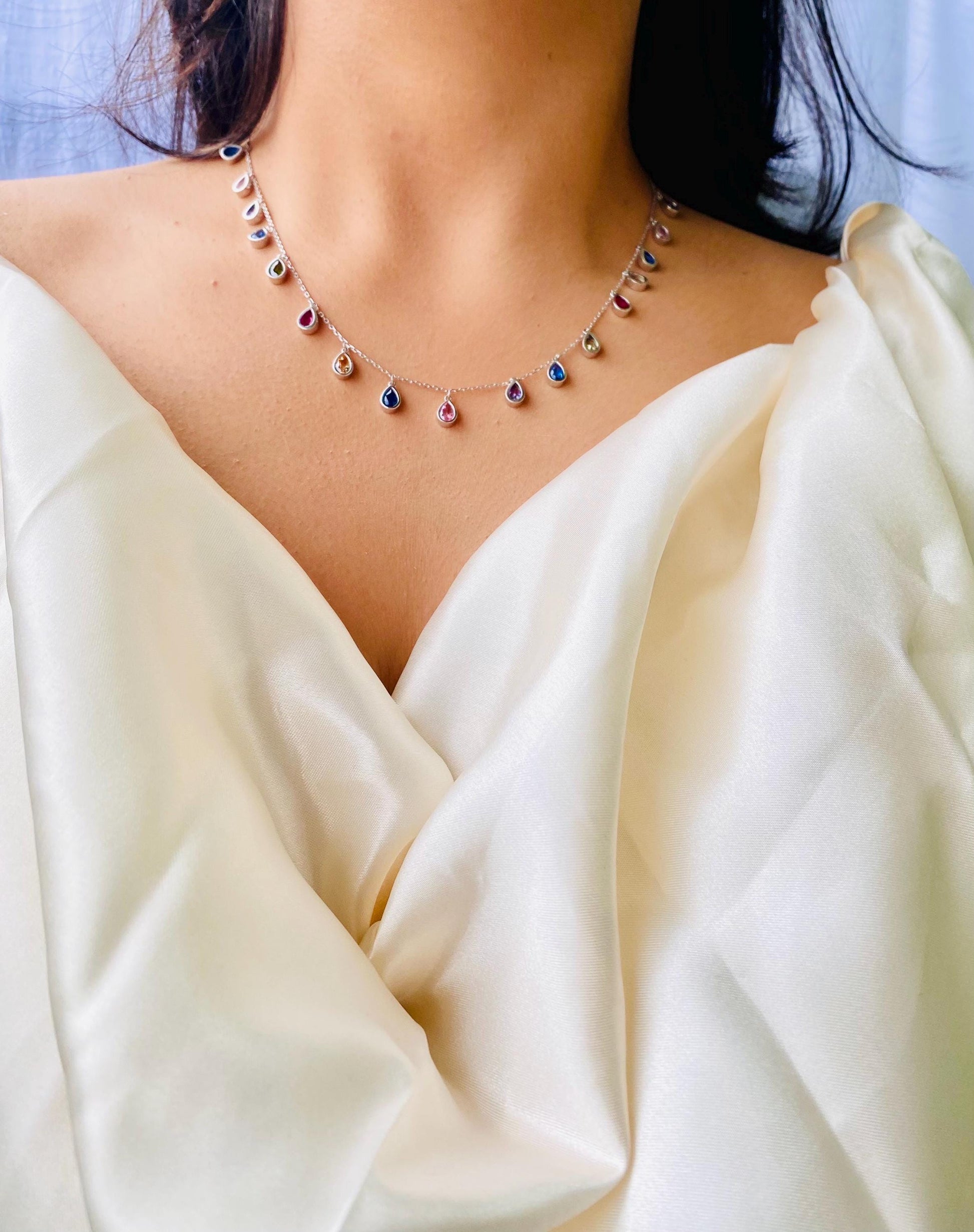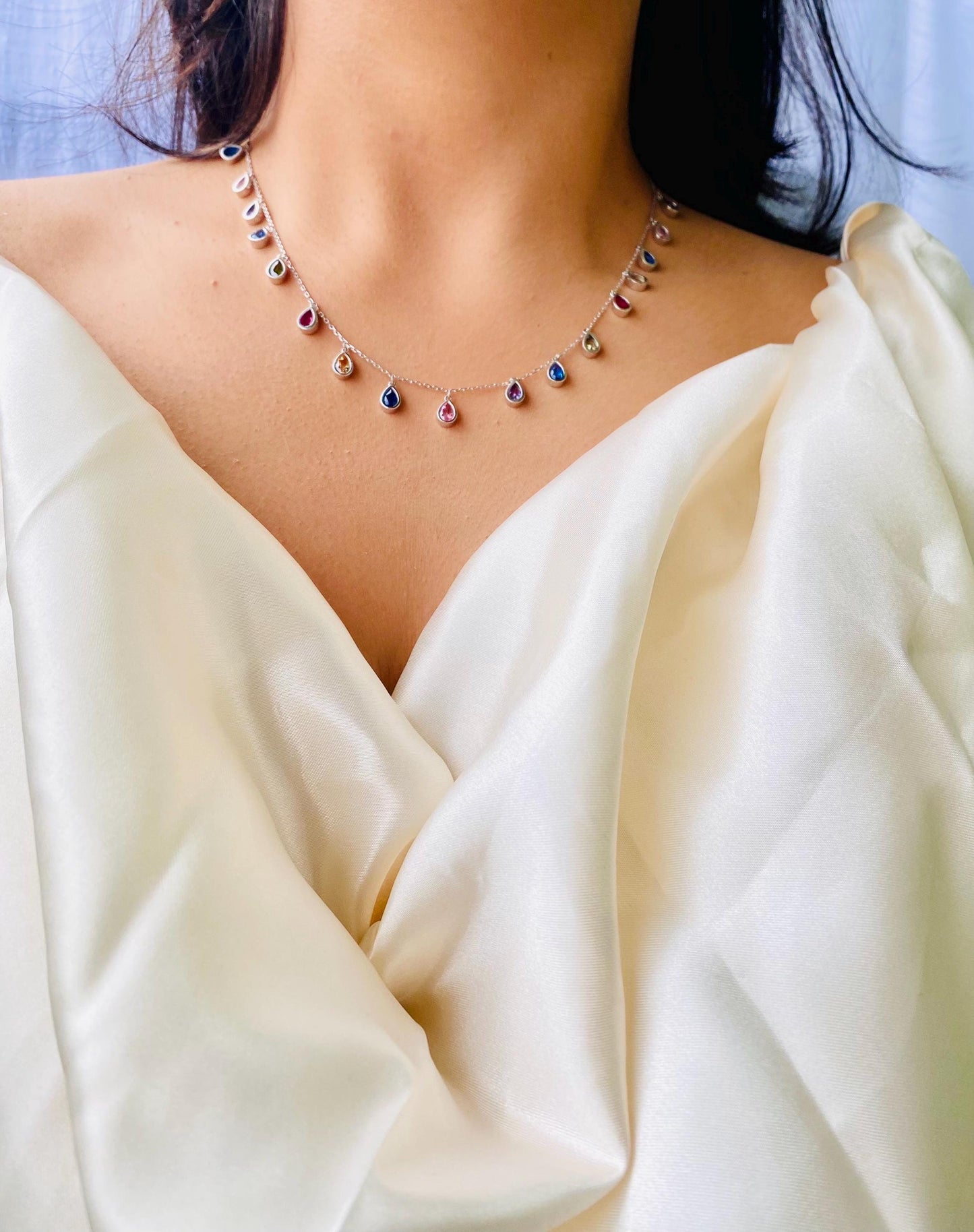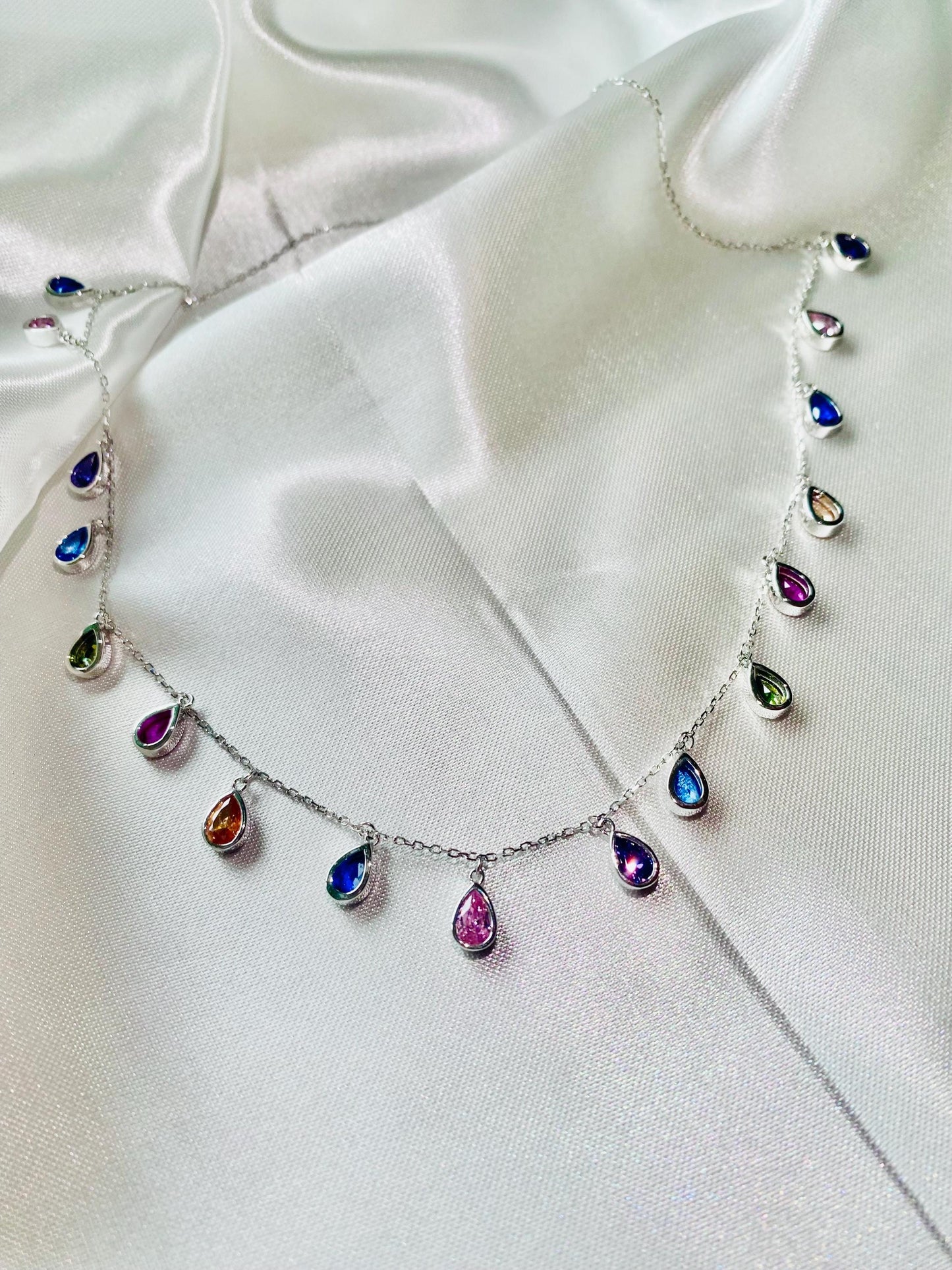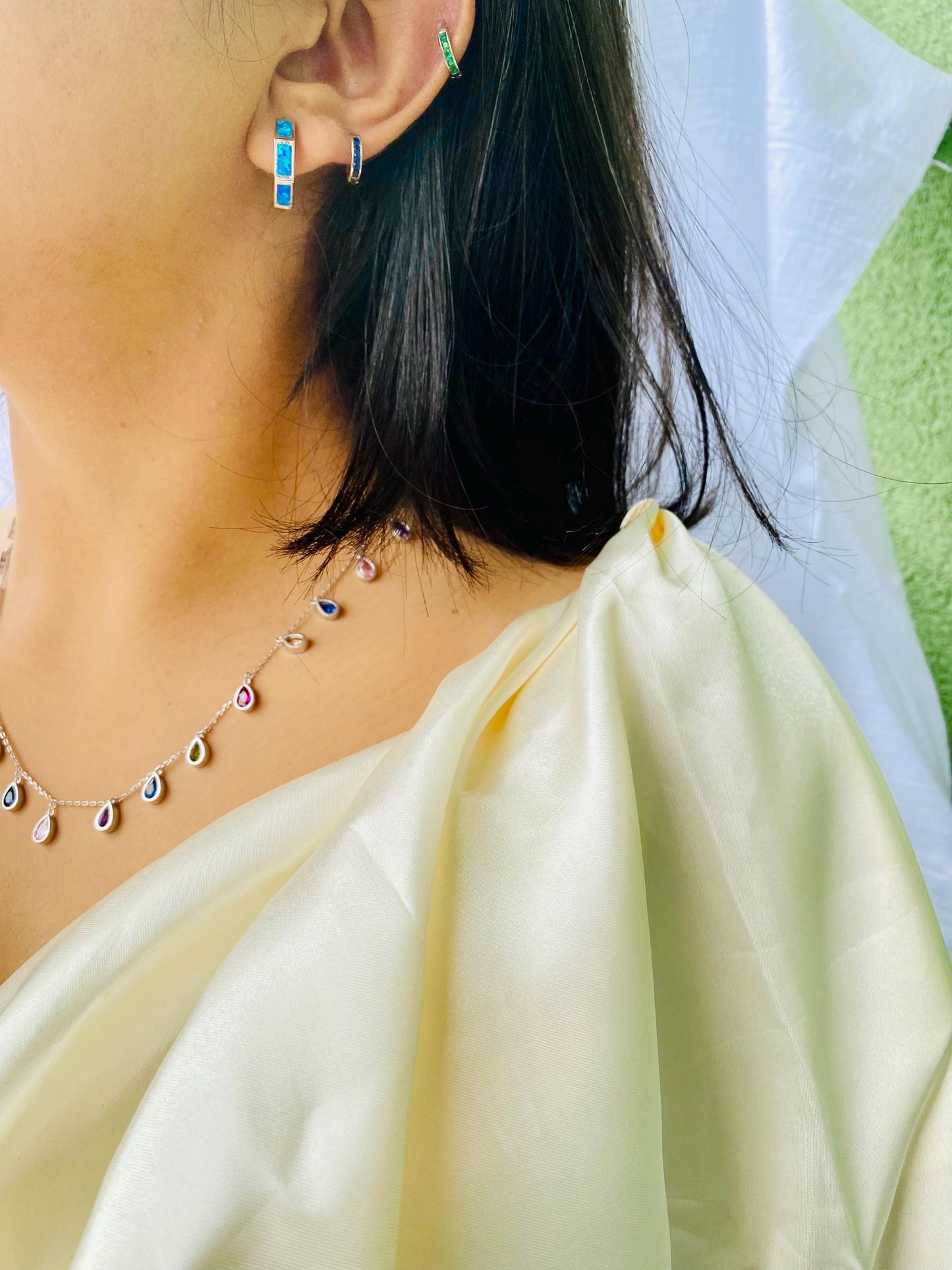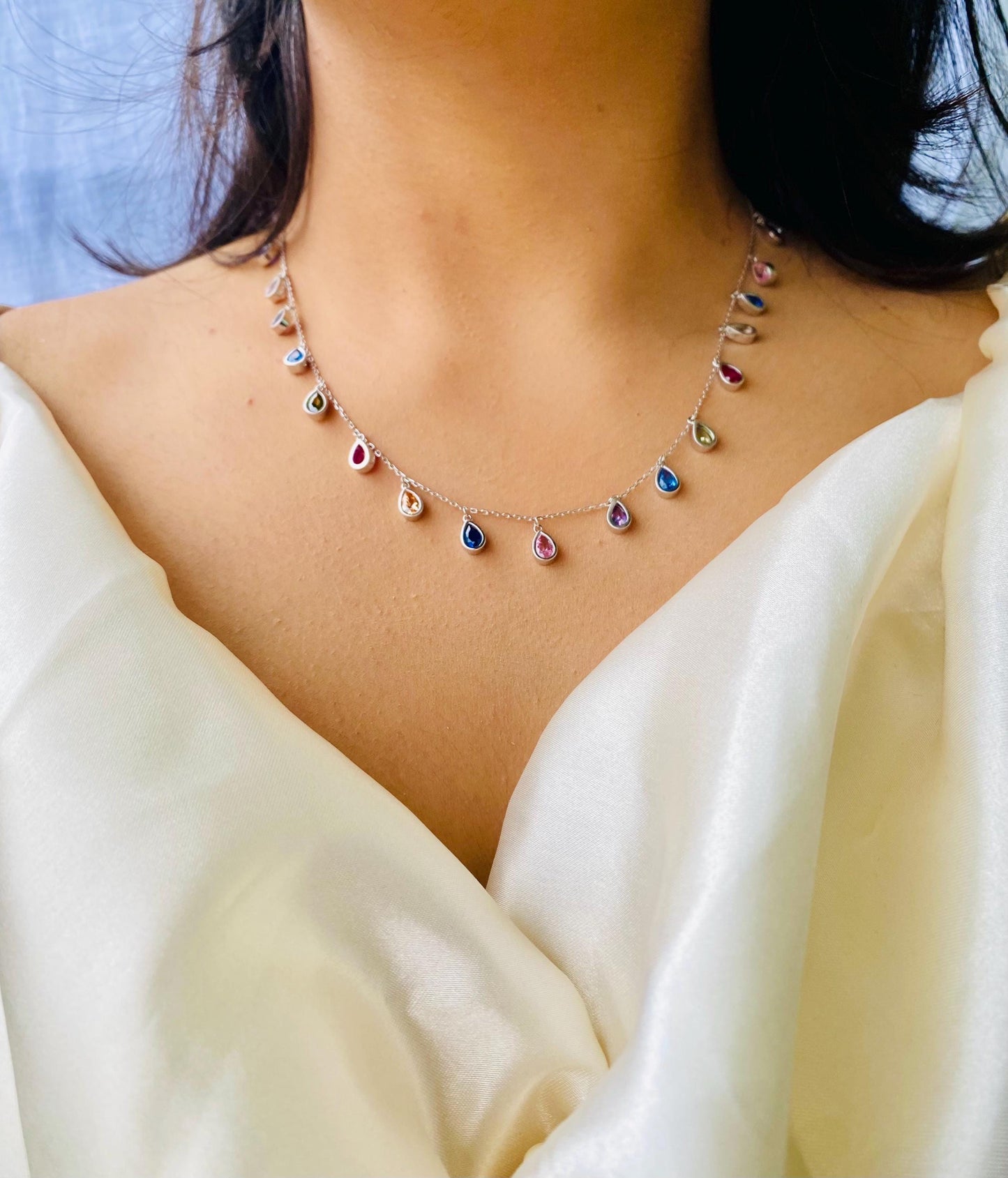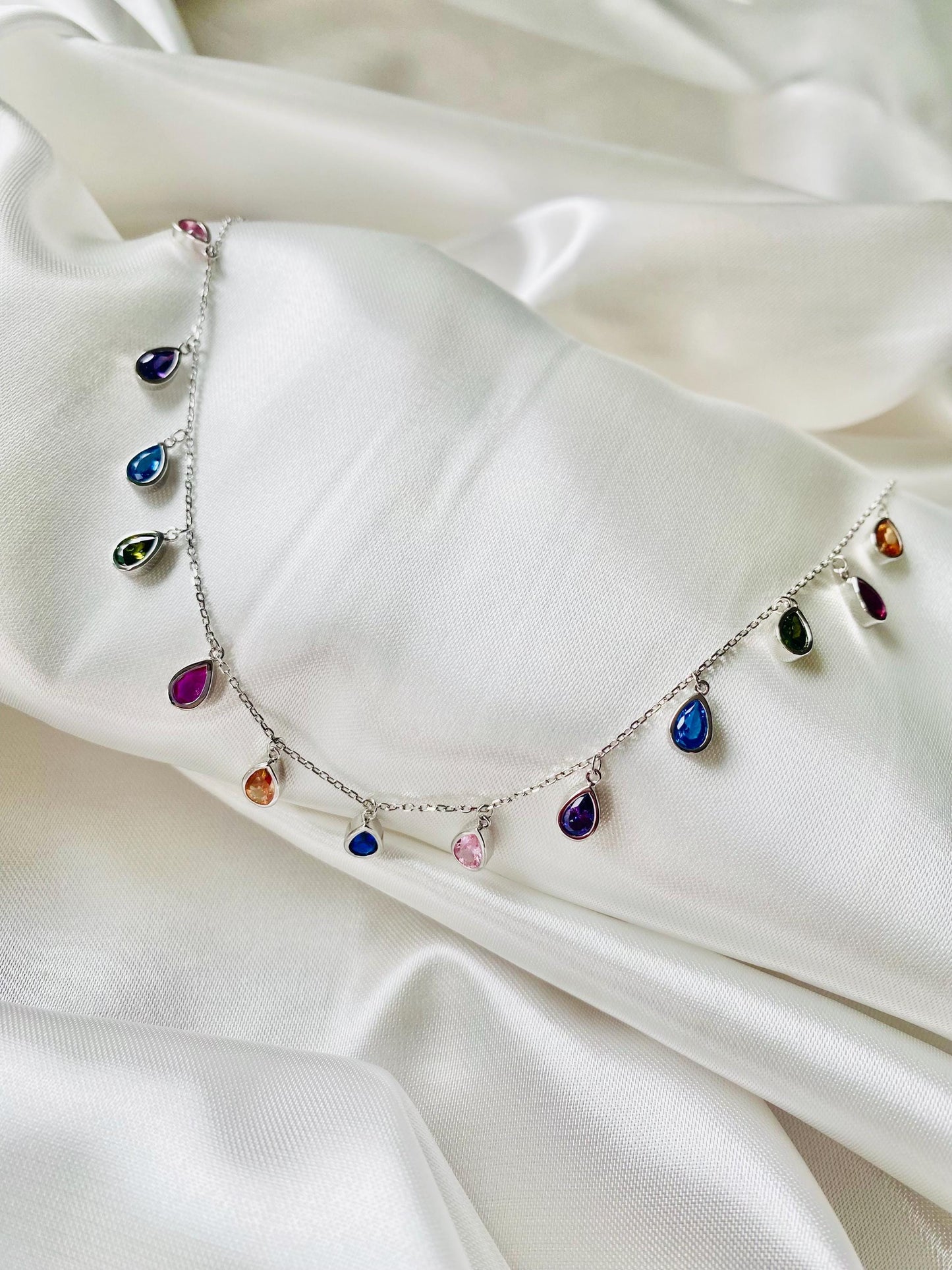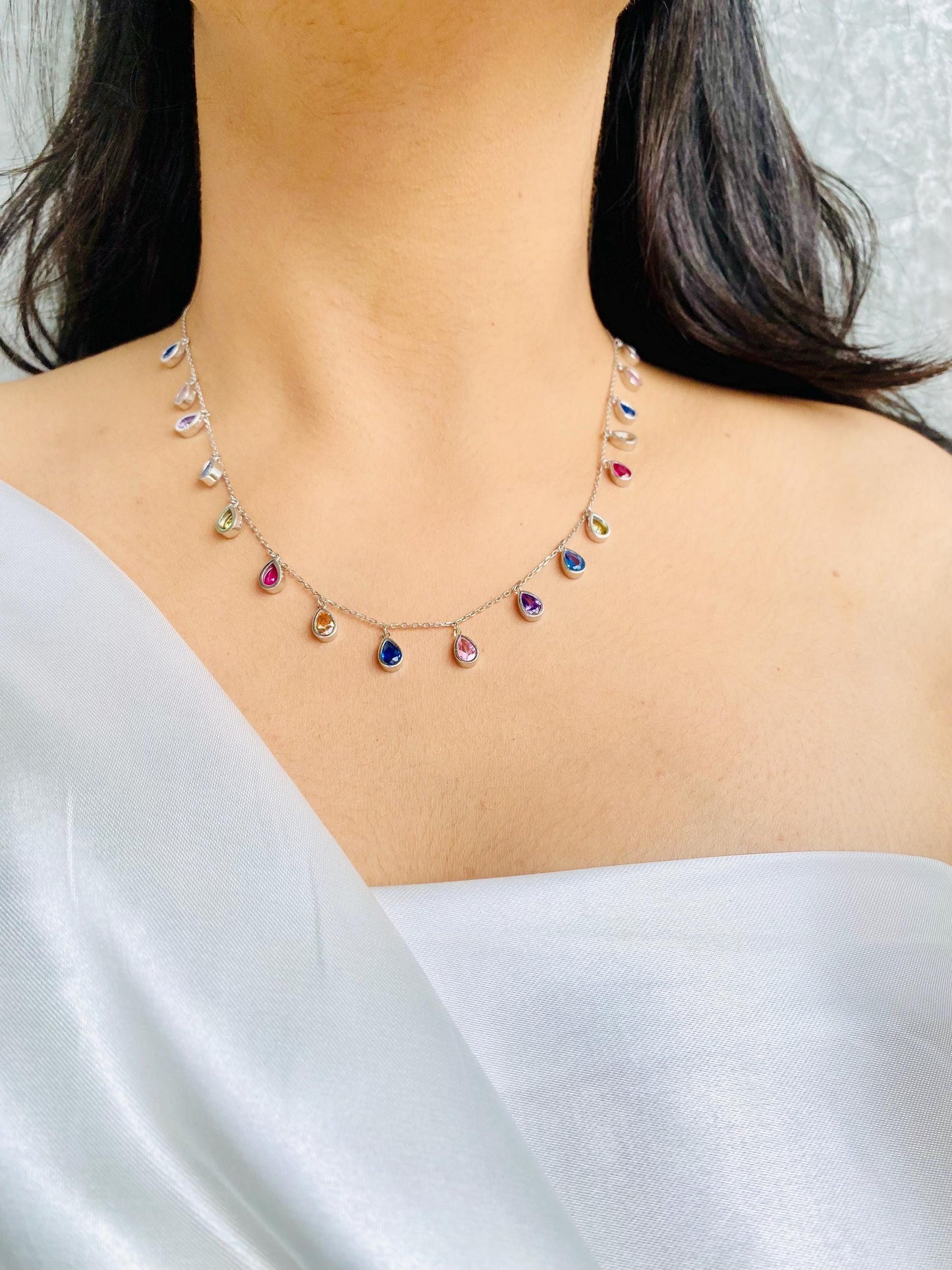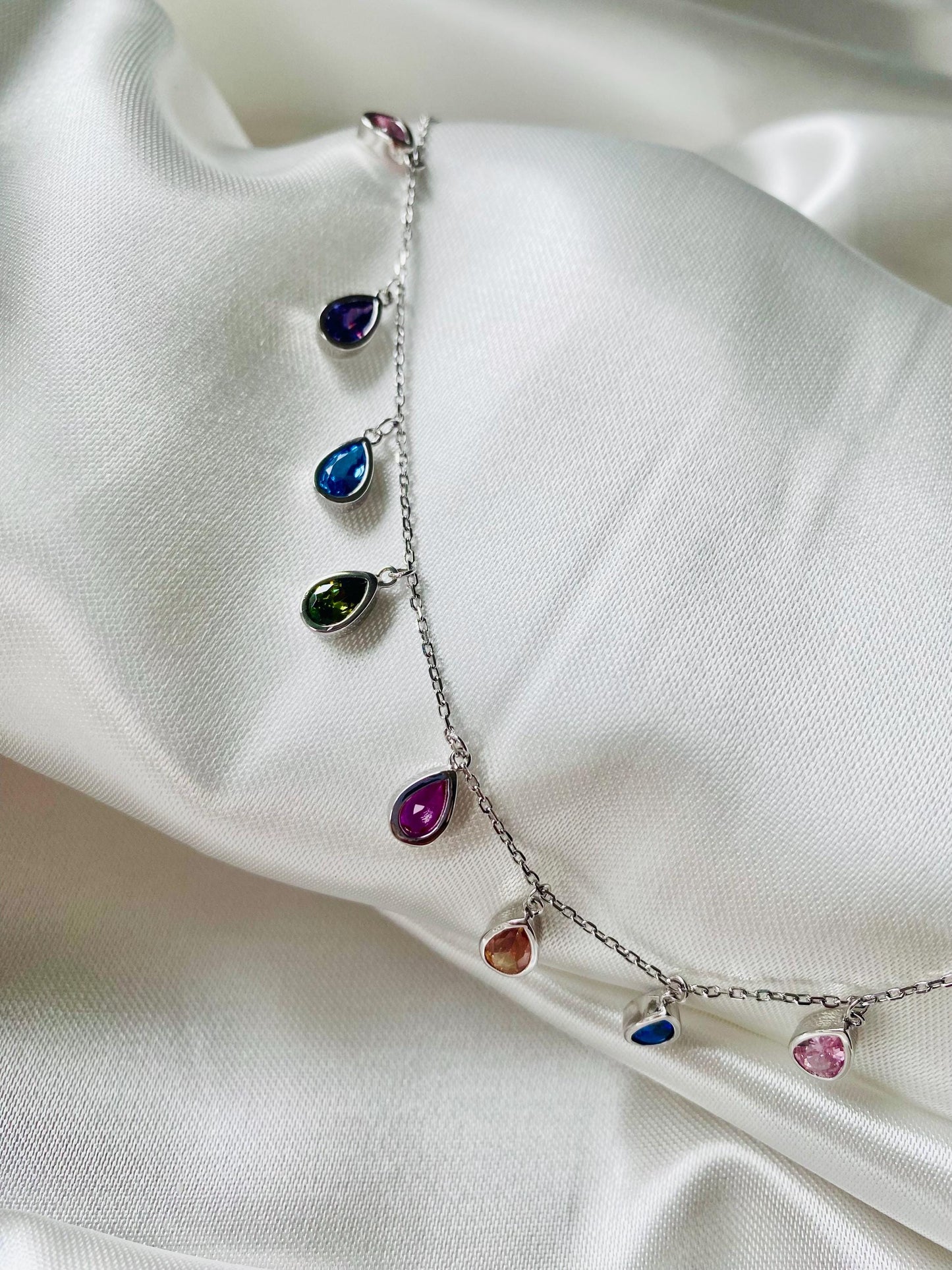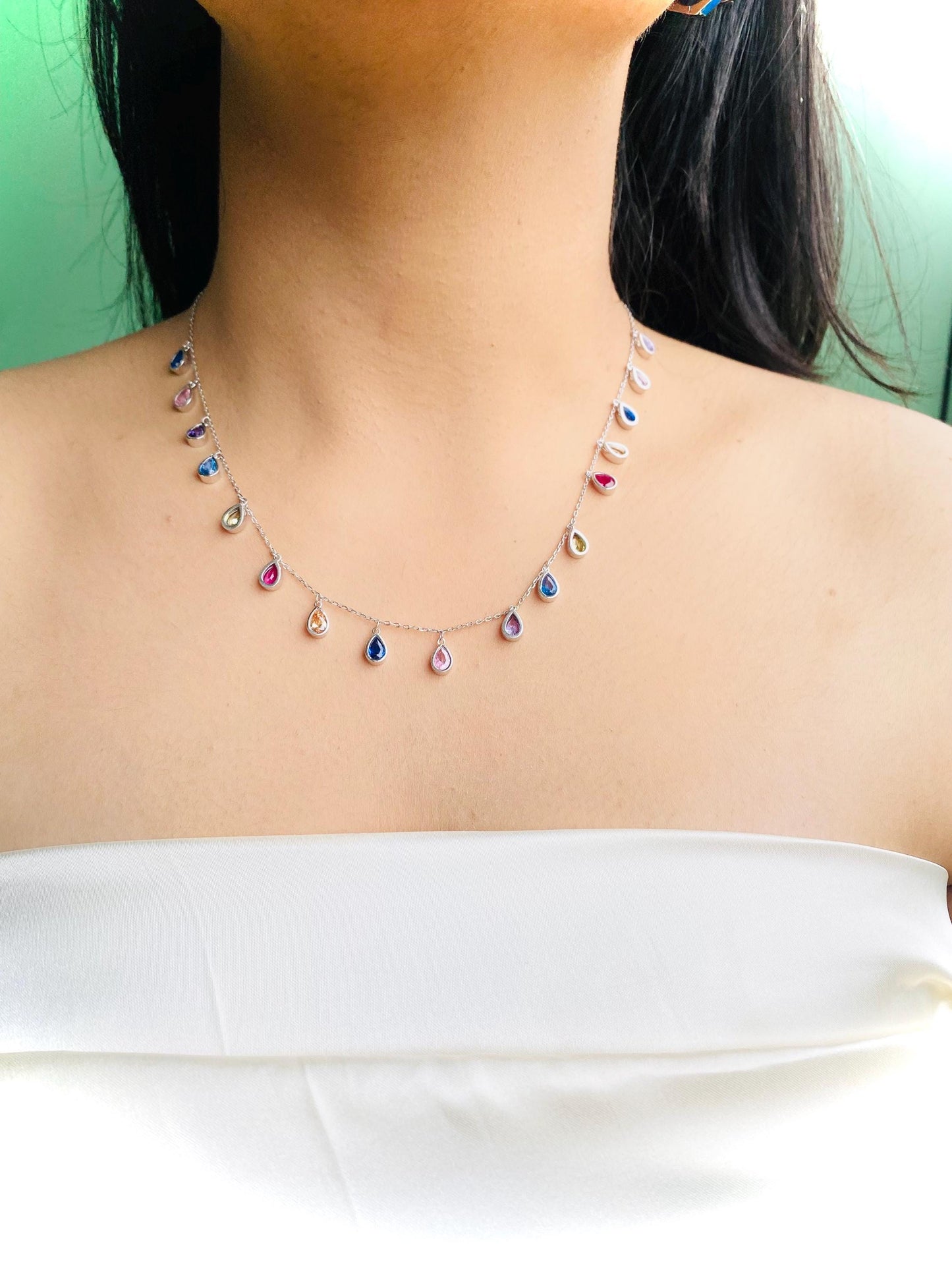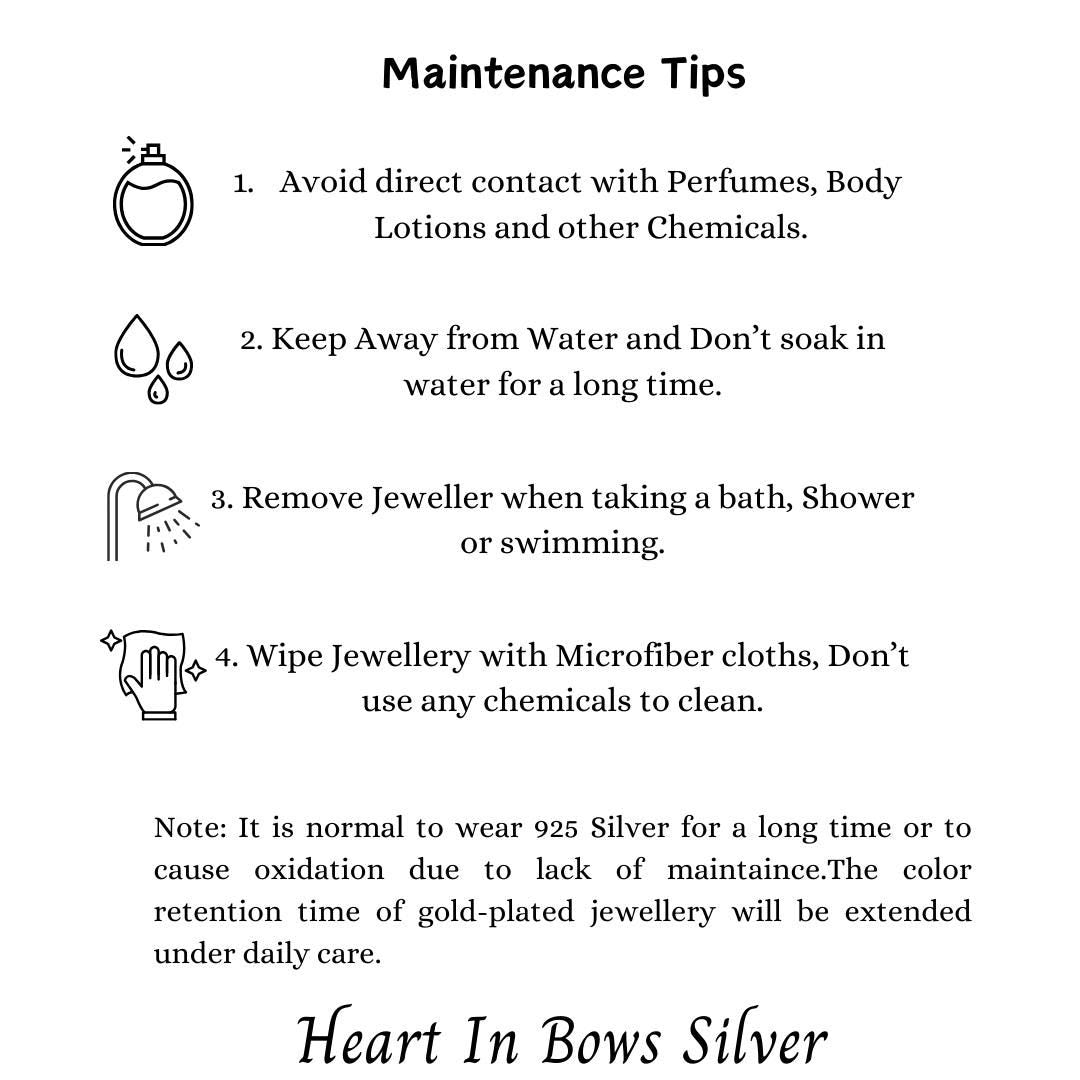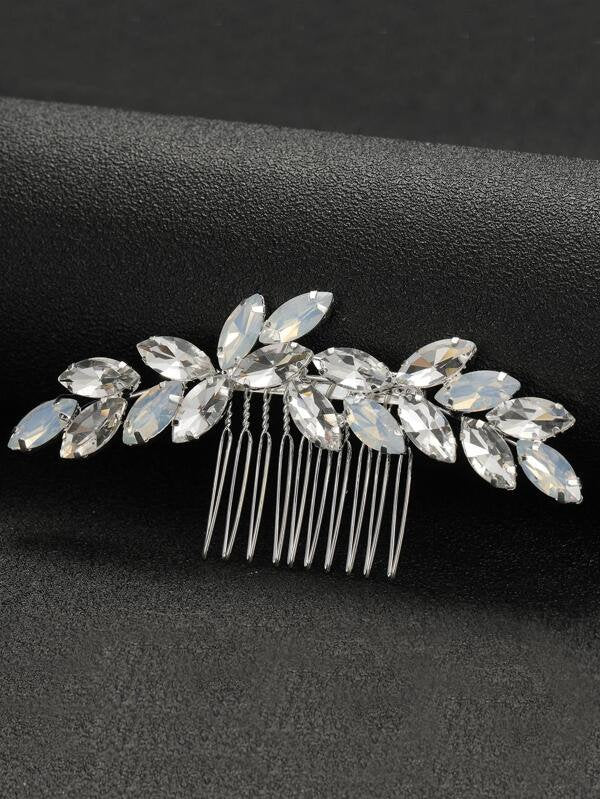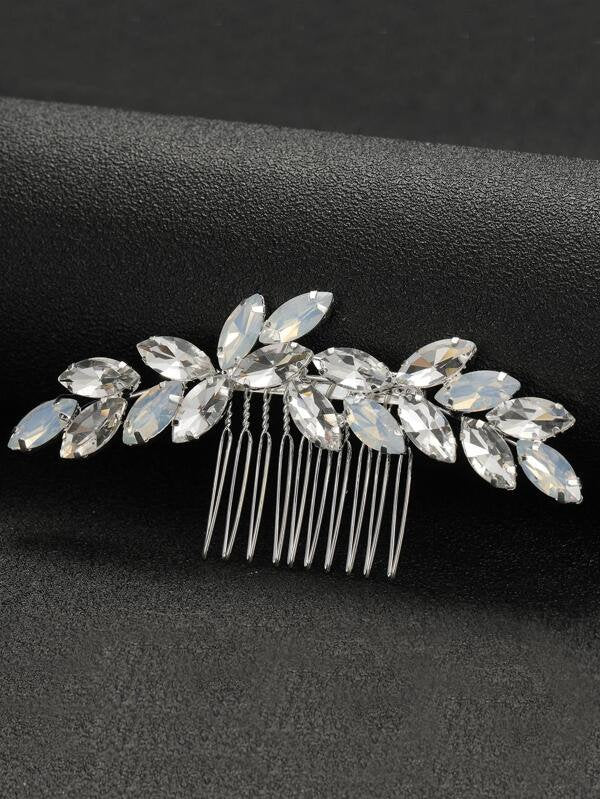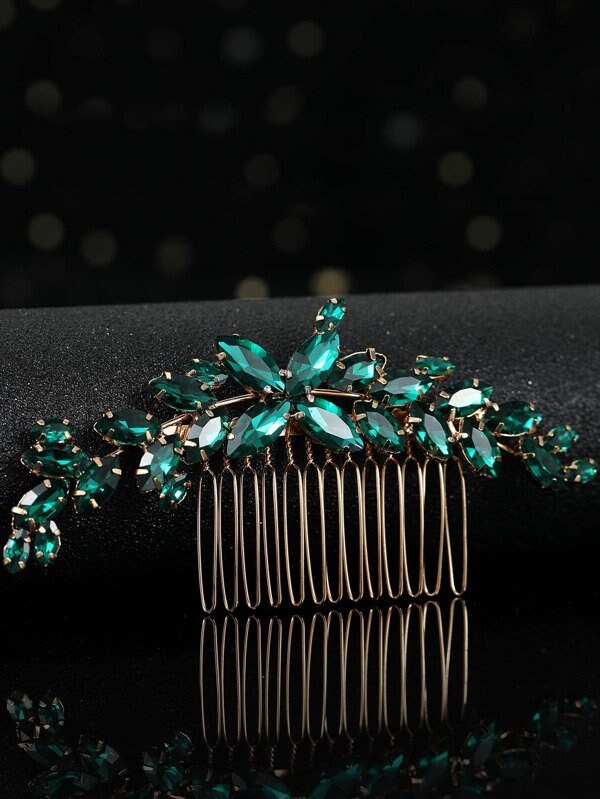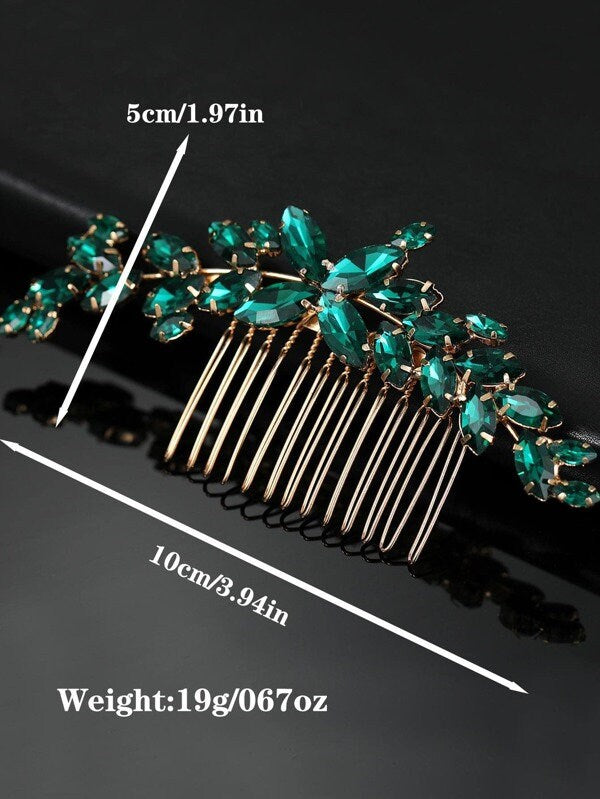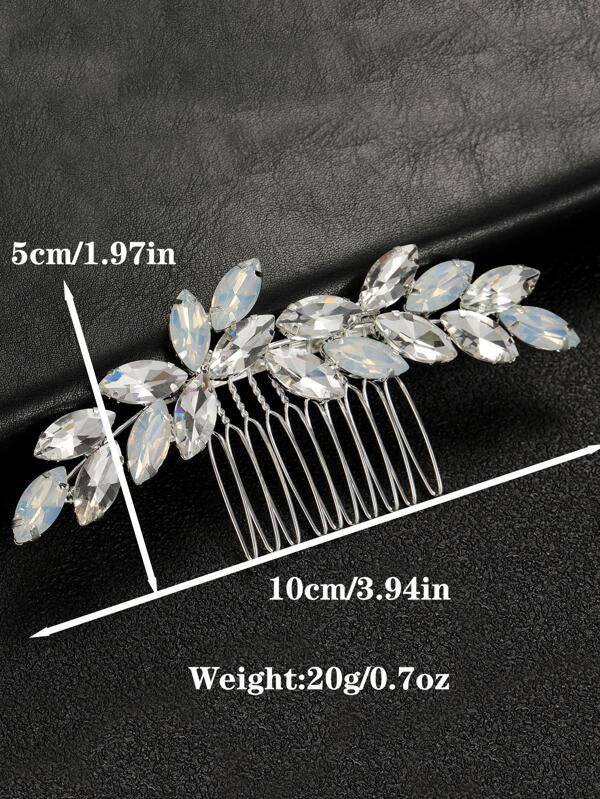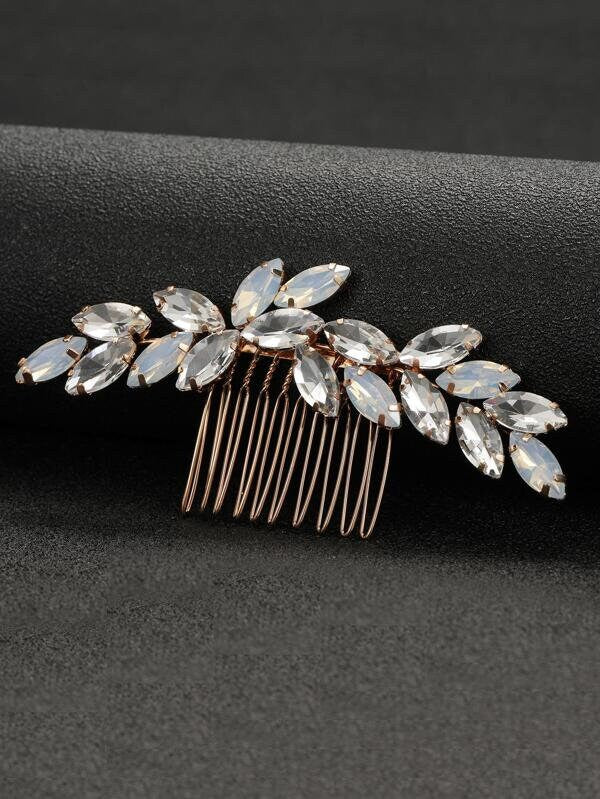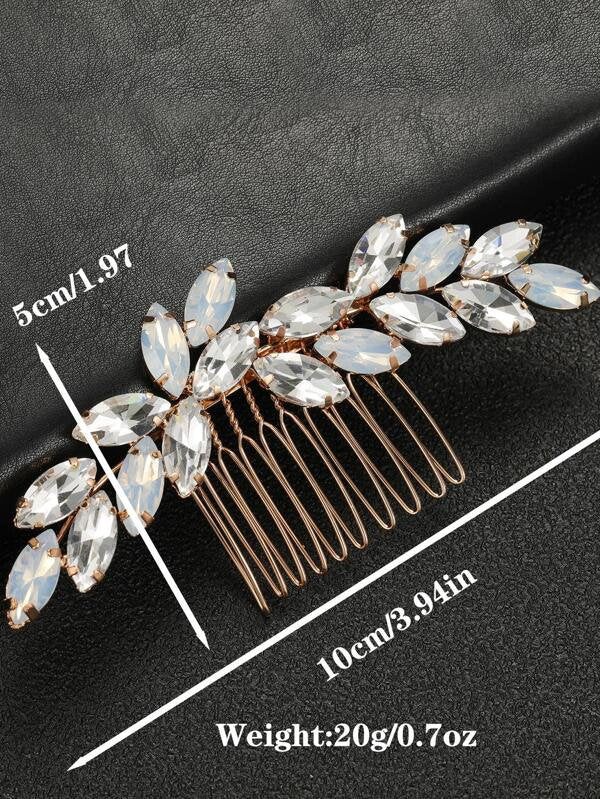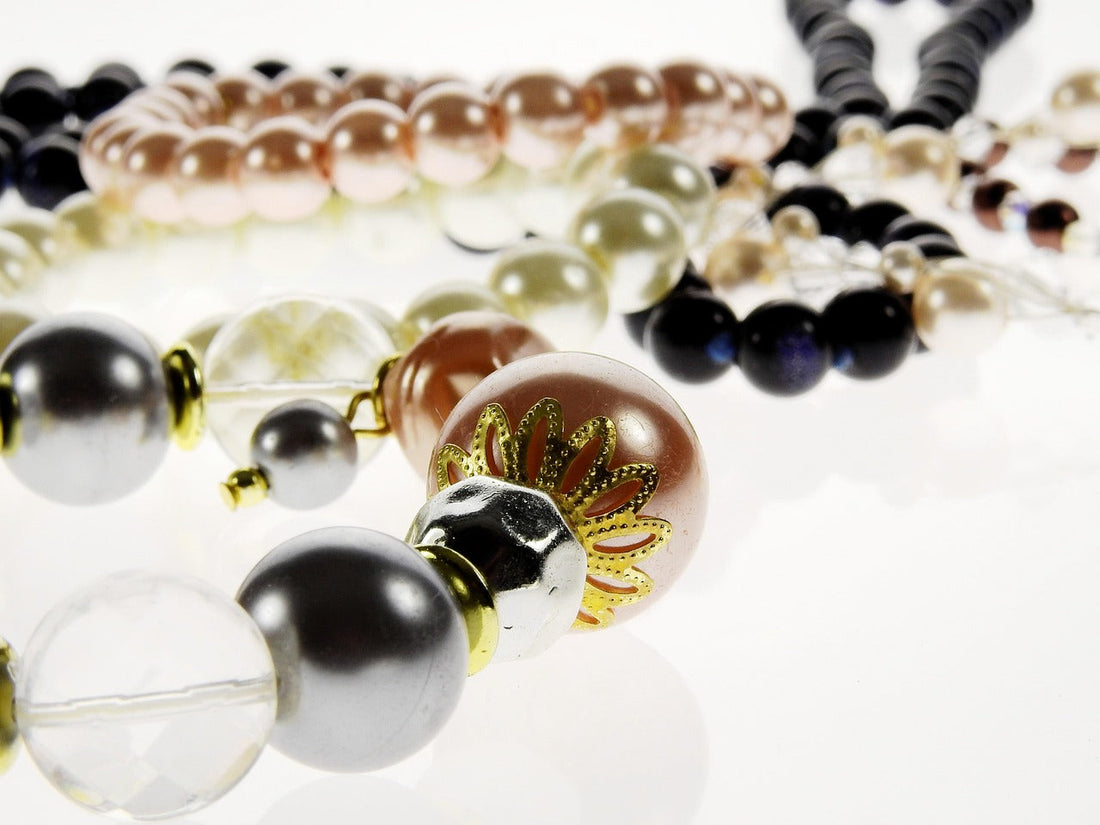
what are Black Pearls
Share
The Enigmatic Allure of Black Pearls: Nature’s Rare Gem Unveiled
Introduction
When you hear “black pearl,” you might imagine pirates, treasure chests, or mythical ocean legends. But real black pearls are far more fascinating—and rare—than fiction suggests. These dark, iridescent gems have been coveted for centuries, symbolizing mystery, luxury, and elegance. In this blog, we’ll dive into the world of black pearls, exploring their origins, cultural significance, and how to care for these oceanic marvels.
What Are Black Pearls?
Contrary to their name, black pearls aren’t truly black. They range in color from deep charcoal and peacock green to shimmering silver and midnight blue. These pearls form in the black-lipped oyster (Pinctada margaritifera), native to French Polynesia’s warm lagoons. Unlike white pearls, their dark hues come from natural pigments in the oyster’s shell.
Fun Fact: Only 1 in 10,000 oysters produces a pearl, and even fewer achieve the coveted dark luster.
The History and Symbolism of Black Pearls
Black pearls have long been shrouded in myth. Ancient Polynesians believed they were gifts from Oro, the god of peace and fertility. In Victorian England, they symbolized wisdom and wealth, often worn by royalty. Today, they’re a bold statement of individuality and sophistication.
Why They’re Unique:
- Rarity: Natural black pearls are exceptionally scarce. Most on the market are cultured (human-assisted).
- Versatility: Their dark hues complement both casual and formal styles.
- Spiritual Meaning: Many cultures associate them with protection, balance, and inner wisdom.
How Are Black Pearls Formed?
Black pearls are the result of nature’s patience. Here’s how they’re created:
- Nucleation: A technician implants a small bead (nucleus) into the oyster.
- Layering: Over 2–3 years, the oyster secretes nacre (mother-of-pearl) around the nucleus.
- Harvesting: The pearl is carefully extracted, cleaned, and polished.
Did You Know? Tahitian black pearls are the most sought-after, thanks to their large size and metallic shine.
Buying Black Pearls: What to Look For
Not all black pearls are equal. Use this checklist to find a quality gem:
- Luster: Seek pearls with a mirror-like shine. Dull surfaces indicate lower quality.
- Surface: Minor blemishes are normal, but avoid cracks or chips.
- Size: Tahitian pearls range from 8mm to 18mm. Larger pearls = higher value.
- Color: Overtones of green, pink, or blue add uniqueness.
Pro Tip: Always ask for a certification card to verify authenticity.
Caring for Your Black Pearl Jewelry
Black pearls are soft (2.5–4.5 on the Mohs scale) and require gentle handling:
- Avoid Chemicals: Perfume, hairspray, and chlorine can damage their luster.
- Clean Gently: Wipe with a damp cloth after wearing.
- Store Separately: Keep them in a soft pouch to prevent scratches.
Why Black Pearls Are Worth the Investment
From red-carpet events to heirloom collections, black pearls never go out of style. Their rarity and timeless appeal make them a smart addition to any jewelry box. Plus, they’re a sustainable choice—cultured pearl farming supports ocean ecosystems.

